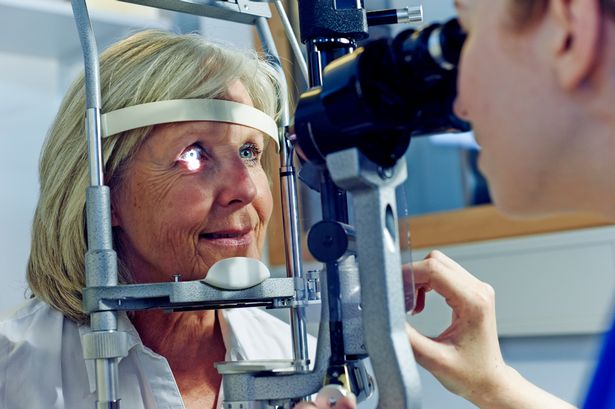Cardiac rehabilitation is a crucial program that significantly enhances recovery for individuals who have undergone heart surgery or experienced major cardiovascular events. Despite its proven benefits, attendance remains low, particularly among women. Research indicates that women not only participate less frequently than men, but they also complete the program at lower rates, highlighting a concerning disparity in access to essential healthcare services.
According to Jessica Golbus, M.D., a cardiologist at the University of Michigan Health Frankel Cardiovascular Center, cardiac rehabilitation offers universal benefits, including reduced risks for future cardiovascular issues through improved blood pressure and cholesterol levels. Published in October 2025, a scientific statement from the American Heart Association in the journal Circulation emphasized the importance of addressing barriers to access and increasing participation among women.
Understanding the Benefits of Cardiac Rehabilitation
Engagement in cardiac rehabilitation has been shown to lower hospital readmission rates and reduce the likelihood of future heart attacks. Women, despite their lower participation rates, experience similar benefits when they do enroll in these programs. Golbus encourages eligible individuals to discuss cardiac rehabilitation options with their healthcare providers, emphasizing its vital role in optimizing recovery.
Research highlights that women face a myriad of barriers when accessing these programs. One significant hurdle is the disparity in referral rates; women are often referred to cardiac rehabilitation less frequently than men. Golbus points out that clinician bias may contribute to this issue, as healthcare professionals are less likely to initiate discussions about rehabilitation with female patients. This trend is exacerbated among women from underrepresented racial groups, further limiting access to essential care.
Barriers to Participation and Potential Solutions
In addition to referral disparities, logistical challenges such as insurance coverage and transportation can hinder participation. Women often serve as caregivers, which can divert their attention and time away from their own health needs. Golbus highlights that specific needs of women, such as higher rates of psychosocial distress post-cardiovascular events and the presence of other health conditions, may also limit their ability to fully engage in rehabilitation activities.
To bridge the gap in participation, Golbus advocates for targeted interventions. Automatic referral processes have proven effective in increasing participation rates. Furthermore, initiatives such as physician recommendations and facilitated enrollment through case managers can raise awareness about the benefits of cardiac rehabilitation.
Tailoring programs to better meet the needs of women could also enhance participation. This may involve offering a wider variety of exercise options, focused educational resources, and comprehensive psychosocial support. Peer support groups have been linked to improved quality of life and reduced depression and anxiety, which are critical factors influencing attendance in rehabilitation programs.
Exploring virtual cardiac rehabilitation options presents another opportunity to improve access. By incorporating digital health technologies, patients who face transportation challenges could participate more easily, thus increasing overall enrollment in these vital programs.
The findings underscore the necessity for a multi-faceted approach to address the barriers faced by women in cardiac rehabilitation. By enhancing referral practices, customizing programs, and utilizing technology, healthcare providers can work towards closing the gender gap in participation and ensuring that all patients benefit from these life-saving interventions.







